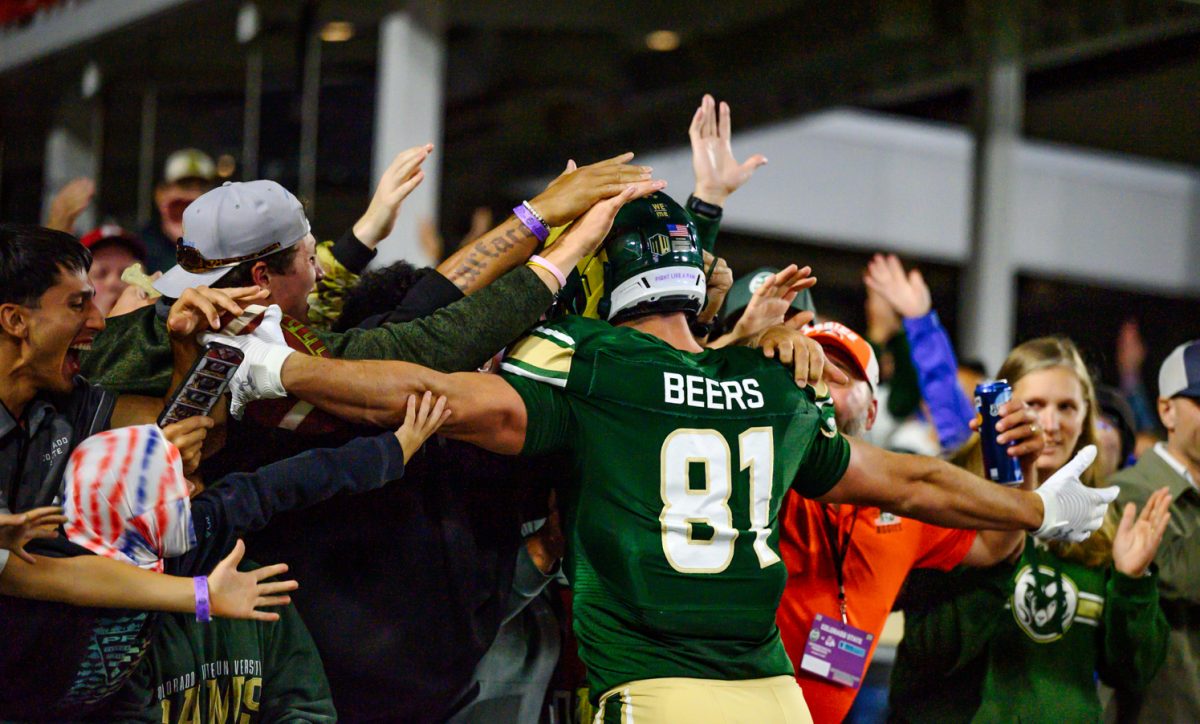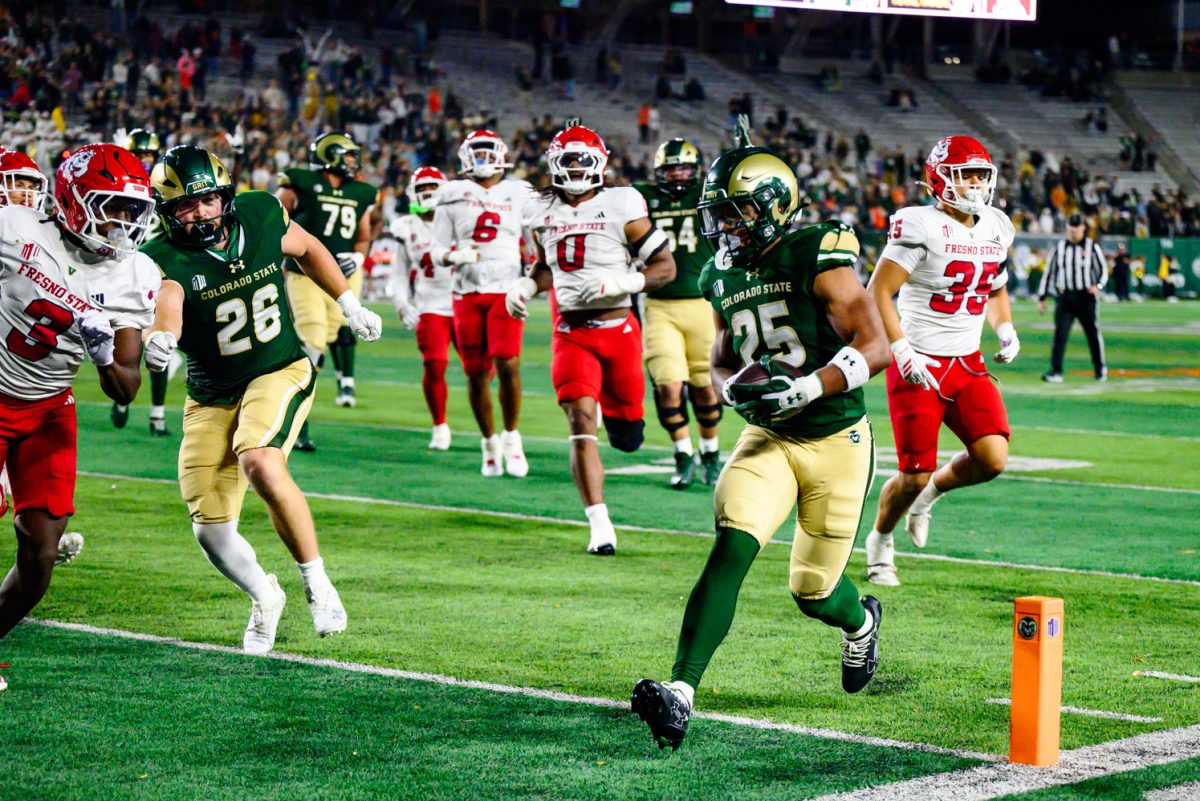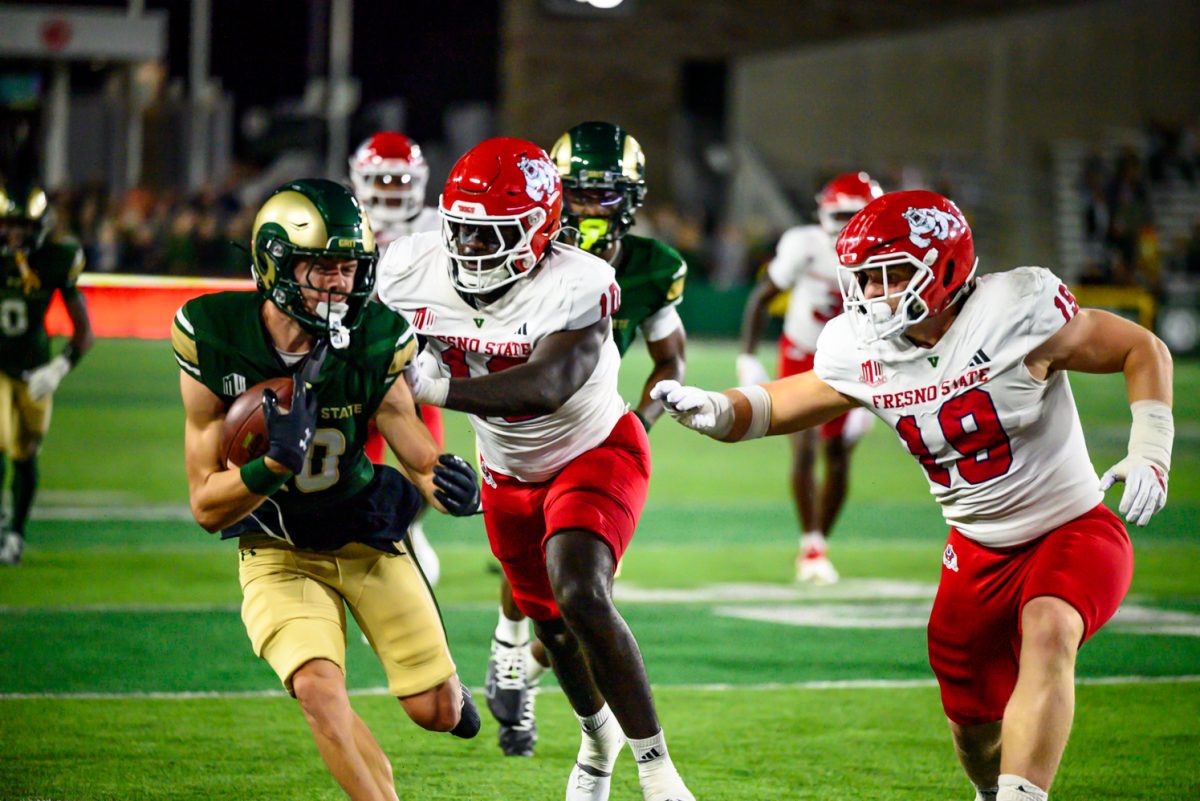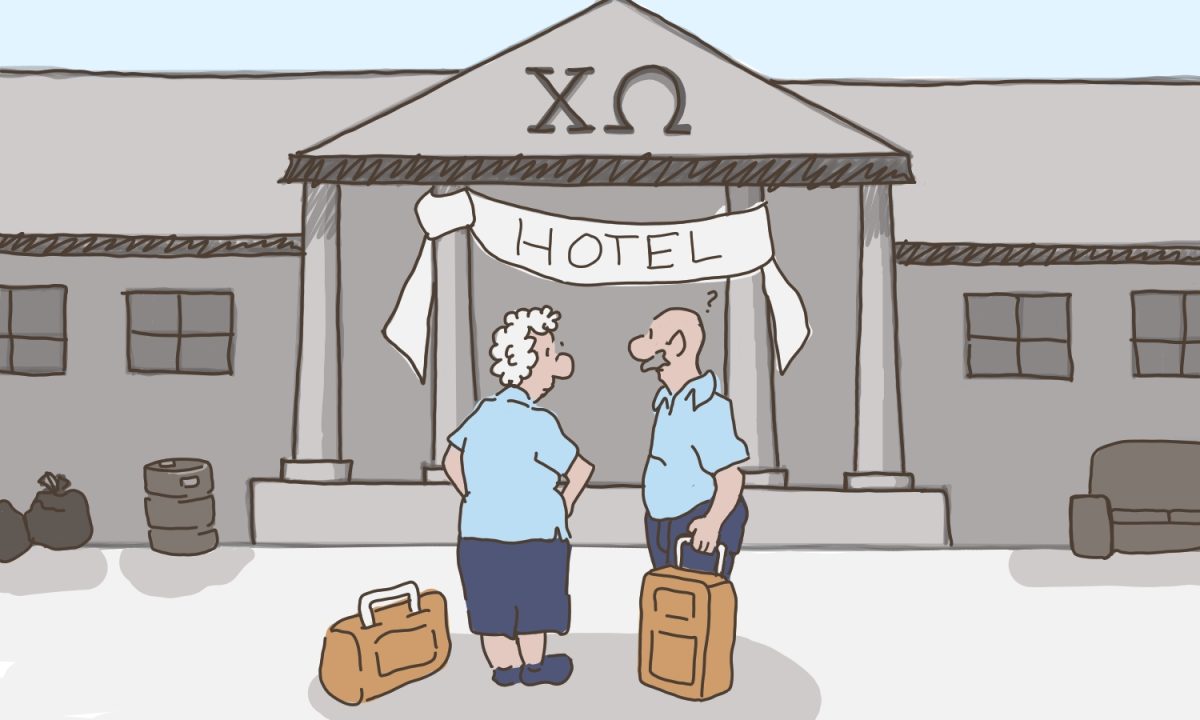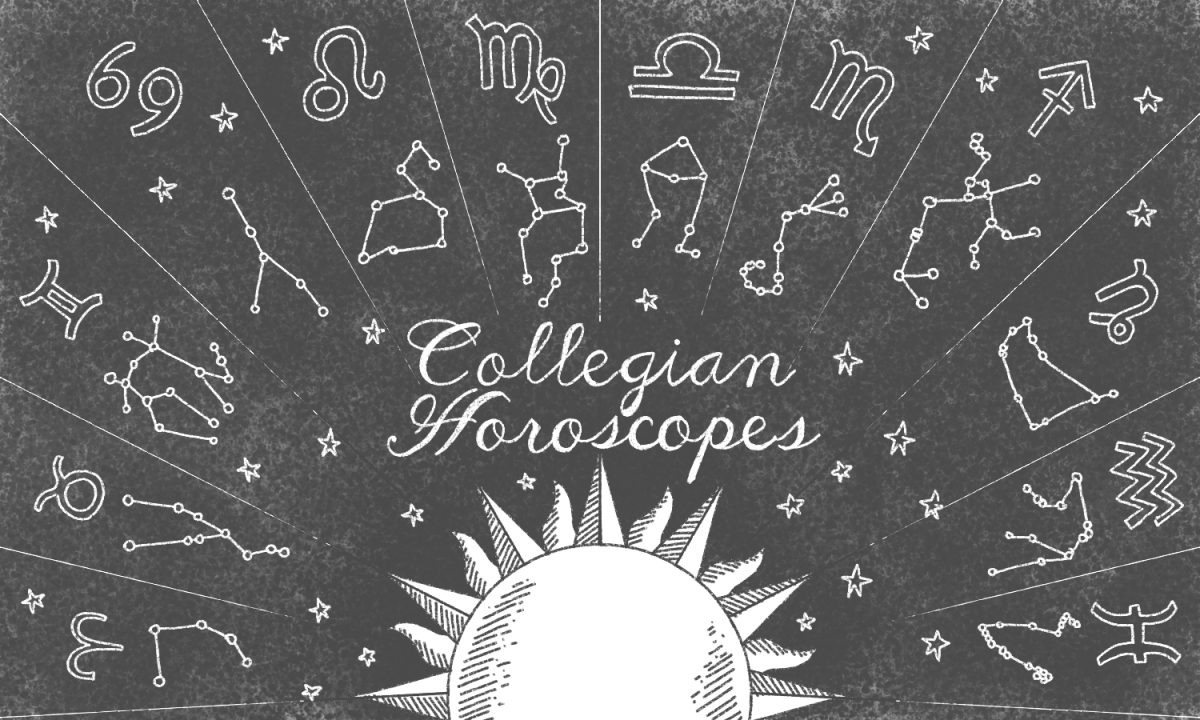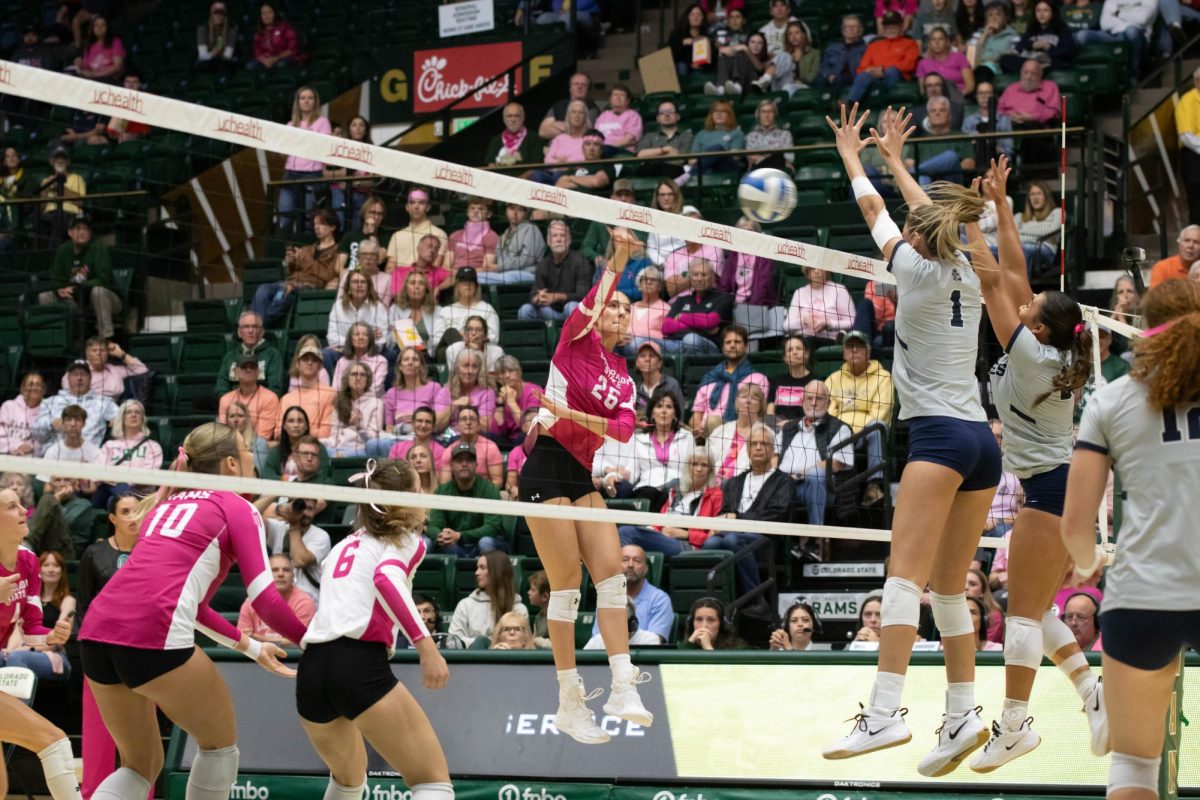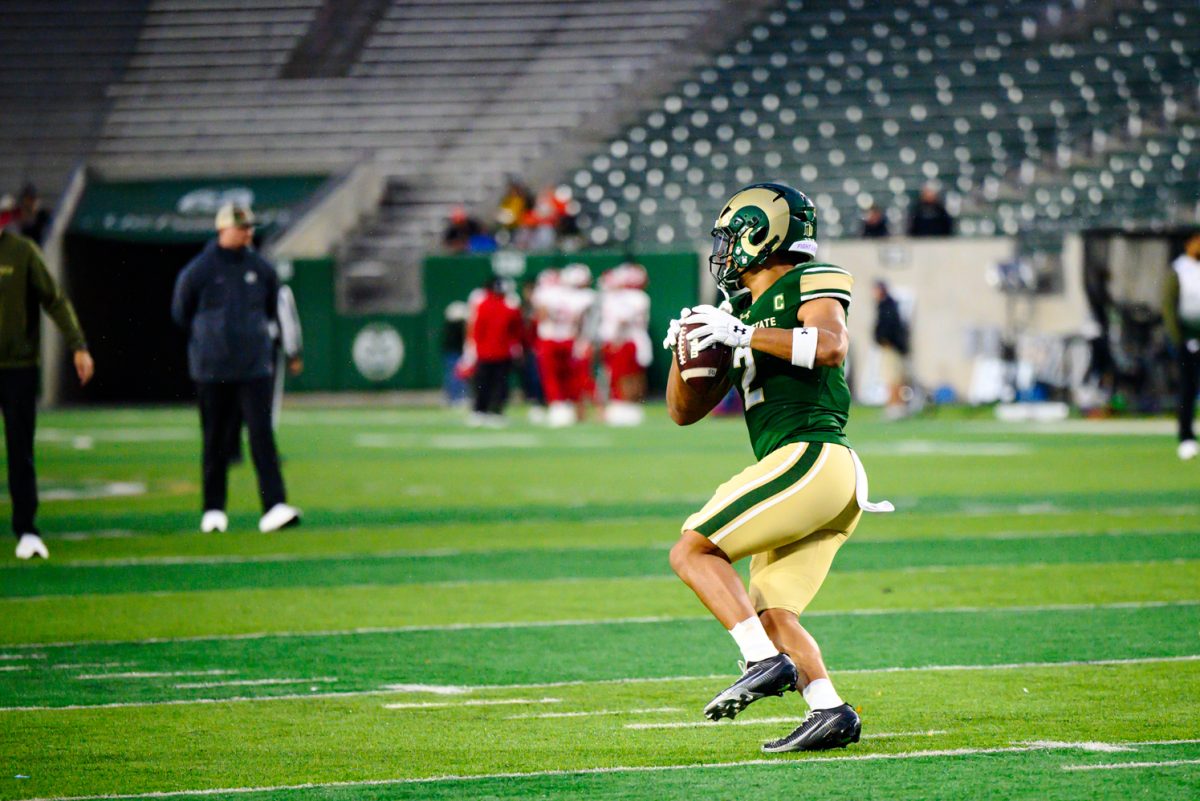ALBUQUERQUE, N.M. – When Colorado State battles Marshall in the New Mexico Bowl Saturday afternoon, the two teams will be playing for far more than a trophy.
The winner of the game is gifted a share of New Mexico tradition, a handcrafted piece of pottery built every year with the two participants in mind. The pottery and diligent artwork represent more than football, more than just a game.
It represents centuries of Native American pride.

In different pueblos throughout New Mexico, pottery is evident in everyday life. It’s used to transport water, store various foods and serve meals. Dating back thousands of years, it has served a utilitarian purpose in their culture.
“It’s been used so many thousands of years,” said Max Zuni, Lieutenant Governor of the Isleta Pueblo in New Mexico. “If you go out to the ancestral sites, you’ll find shards of pottery bits. Each pueblo had a certain design on them that would distinguish that pottery to that pueblo.”
Looking to build upon that tradition, New Mexico Bowl Executive Director Jeff Siembieda travelled to Zia Pueblo to inquire about using pottery and the pueblo’s sun symbol for the game’s trophy back in 2006.
It was there where he found artists, Marcellus and Elizabeth Medina. For the past 11 years, the couple has handcrafted and painted the trophy for each game.
The trophy takes up to three months to create as it requires the Medinas to collect all of the natural elements used in the trophy. Elizabeth mixes the clay, hand-coils and fires the pottery, a skill and tradition she learned 40 years ago from her mother-in-law.
“I was taught by my mother-in-law 40 years ago that pottery is very important,” Elizabeth said. “We create those pieces of pottery, and it’s like our children. When we create them, they’re born to us as children.”
After the trophy is crafted, Marcellus is in charge of painting the various designs. The most distinguishable part of the trophy every year is the sun symbol painted with the New Mexico Bowl logo. The symbol is representative of New Mexico and Zia Pueblo.
“The sun symbol represents the universe as humanity,” Marcellus said. “We all live in this world together to get along with each other. That’s our philosophy in Zia Pueblo.”
After establishing the base, Marcellus researches each school’s mascot and heritage and their relation to their pueblo’s tradition. This year’s matchup features two animals that symbolize strength in the CSU Rams and buffalo of the Marshall Thundering Herd.
“The ram lives up in the mountains and they’re bold, they’re (strong), they’re determined to reach that top of the mountain,” Marcellus said. “For this year’s trophy, that’s the idea. It’s got the Ram football players holding up their logo, reaching the pinnacle of the mountain.”
Meanwhile, the buffalo holds similar importance in the culture.
“The buffalo in our pueblo represents strength, power, thunder and lightning,” Marcellus said. “The buffalo are in a group…it’s a family. Because of the buffalo’s strength and determination, setting its own goals, that’s how we get the football players carrying their logo.”
The Medinas are integral to the history of the New Mexico Bowl. Through their work, sacred aspects of millennium-old traditions unique to New Mexico and Native American culture are showcased.
“If you go back in time, we had sports, the Native Americans,” Zuni said. “There’s certain events that we hold, and you do get pottery. That’s what’s neat about this (trophy), is that this culture is carrying on. That pottery is going to be distinct to New Mexico.”
Collegian sports editor Colin Barnard can be reached by email at sports@collegian.com or on Twitter @ColinBarnard_.



